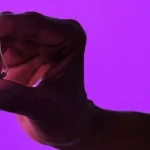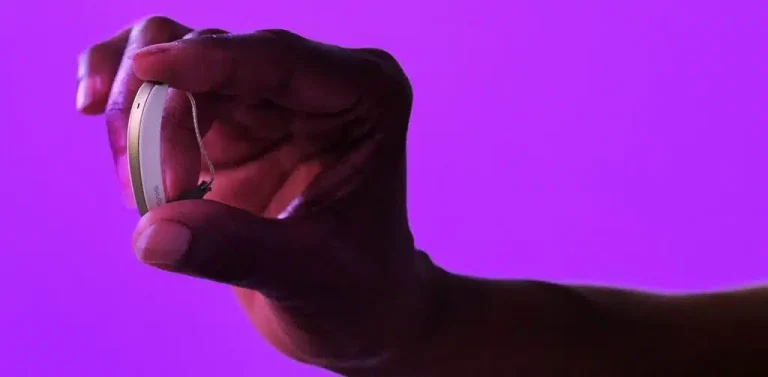There are a number of different types of deformities that can affect your toes. Some of these deformities are present at birth and can be corrected then, but other issues develop later on in life at any time. Some even have a higher chance of developing as you enter your senior years. Many of these deformities are accompanied by pain and difficulty walking, which is why many people need to see a healthcare professional about them as soon as they realise the deformity is occurring. Here are some of the most common types of toe deformities and their symptoms.
Hammer Toe
This type of toe deformity is one of the most common. It can make it difficult to walk, and it’s often very painful. This deformity forms when the metatarsophalangeal joint fails to function properly. This joint can be found at the very base of the toe where it meets the foot.
Hammertoe is most common in the second toe. When the joint begins to fail, you’ll notice pain in the ball of your foot. The toe will soon begin to deform at a fairly rapid pace. When this occurs, you actually will not feel as much pain. However, you’ll soon see your toe bending at the centre joint, causing the toe to curl up. The pain in the ball of your foot could come back, but you’ll also start to experience pain on the top part of the toe where it now rubs against your shoe. It can develop a callous or a bunion.

Claw Toe
The claw toe can be mistaken for a hammer toe at first because they look very similar. However, the claw toe is usually caused by some form of neurological disorder. Because of this, the easiest way to tell if you’re suffering from claw toe instead of hammer toe is if it affects both feet. If it does, there is a good chance it is claw toe. Another sign of claw toe is if it affects a toe other than the second toe. Claw toe may occur in any of the four smaller toes, while hammertoe generally does not affect the third through fifth toes.
The symptoms of claw toe are similar to hammer toe in that the joint at the base of the toe will start to bend upwards, but then the middle joint will curl downwards. This will cause your toe to look like a claw. If the joint at the end of the toe bends in as well, you may actually find your toenail digging into the underside of your foot. Once it occurs, you will need to speak with a medical professional to determine what to do with your claw toe. Deformed toes can be treated with non-surgical and surgical procedures.
Mallet Toe
Mallet toe, like the other two deformities, also involves a joint in the toe. However, instead of the joint at the centre of the toe, it occurs in the joint at the very end of the toe that bends downward. It occurs when the flexor tendon is too tight. Fortunately, it’s actually the easiest deformity of the three to treat.
















